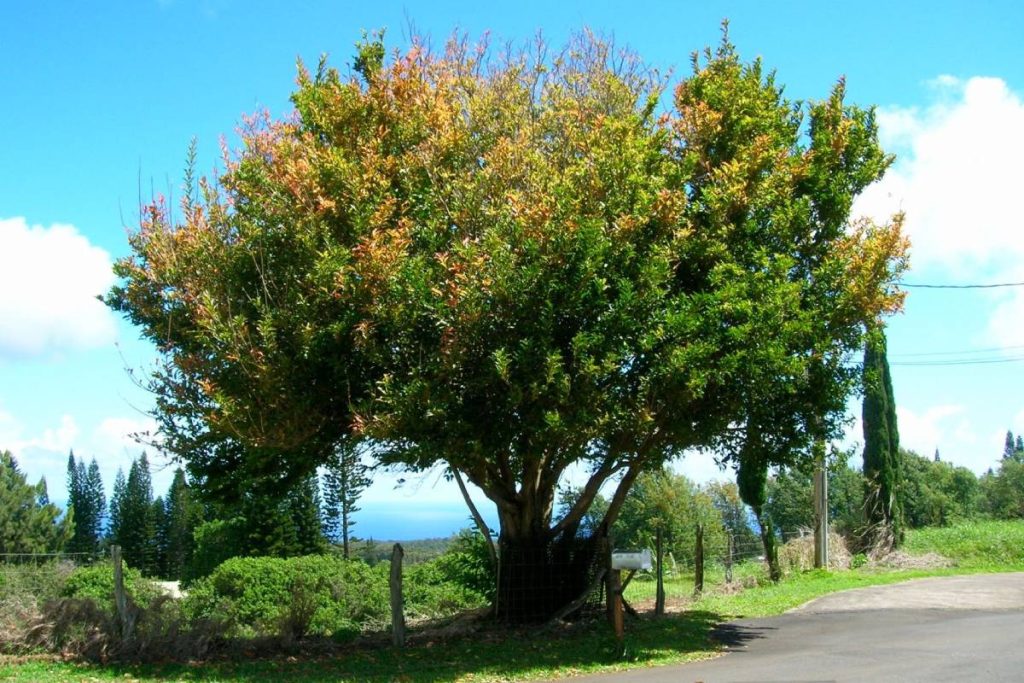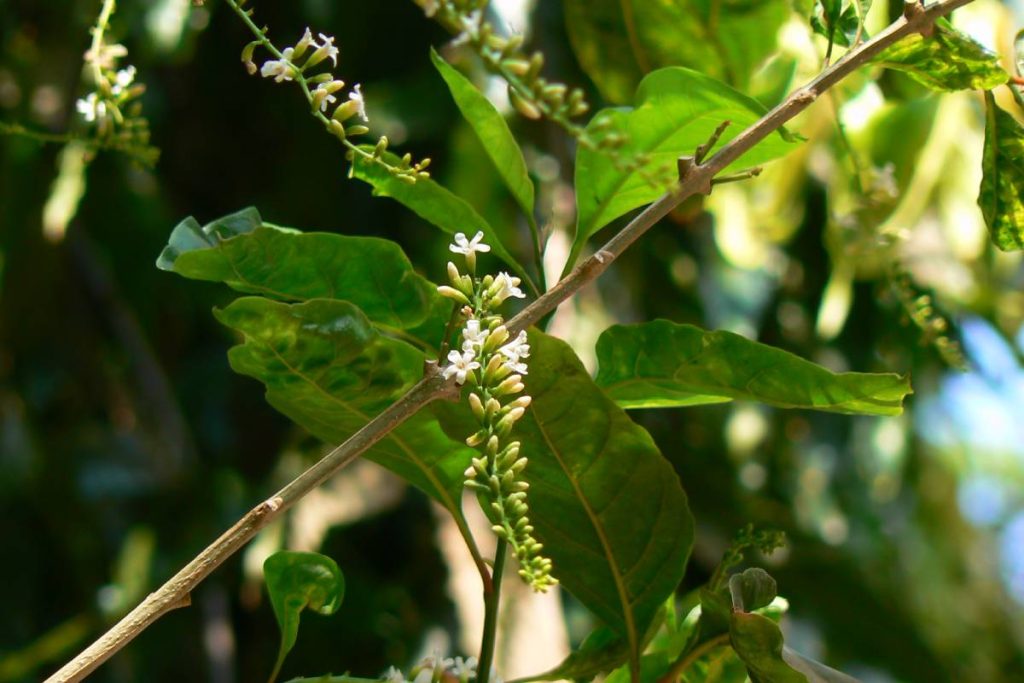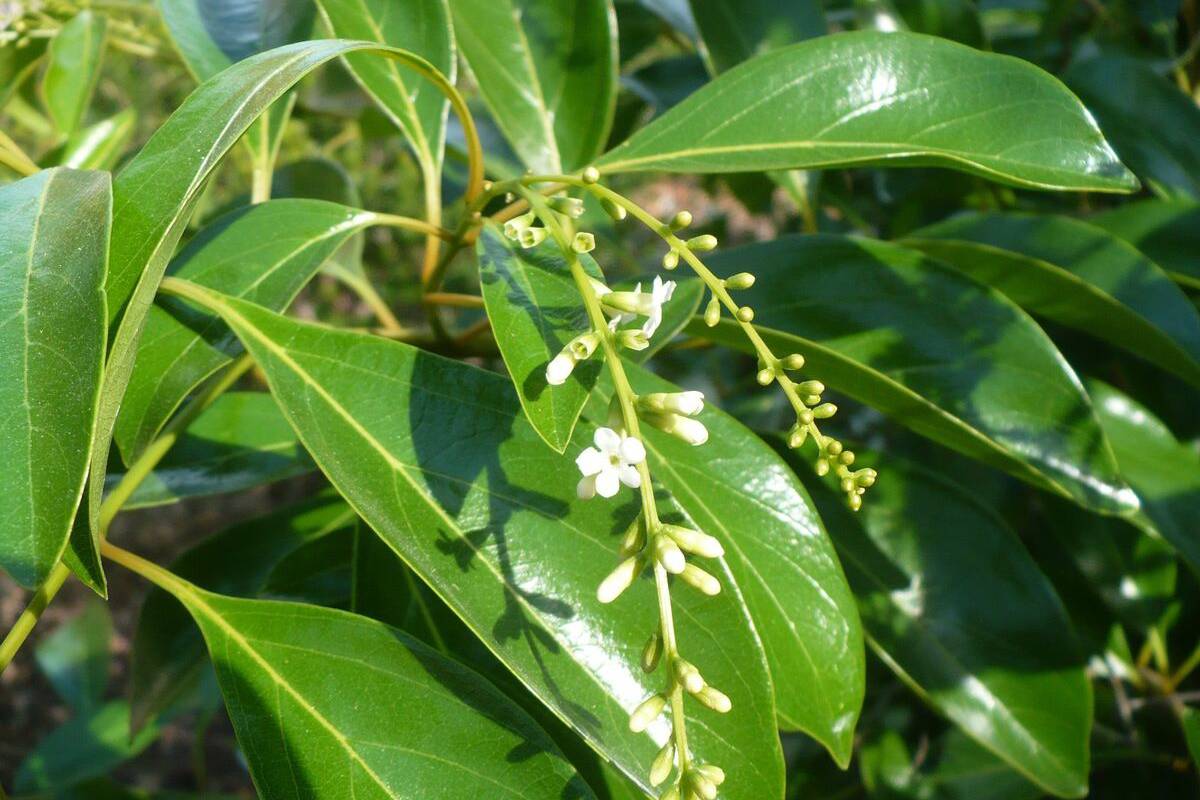Fiddlewood trees are renowned for their elegant appearance and unique foliage, making them a popular choice for Australian gardens.
If you’ve always liked the look of them and have been thinking about planting them in your garden, then this is the blog for you. We’re going to explore fiddlewood trees in greater depth, including their origin, average size, individual characteristics, and maintenance requirements.
Whether you’re considering planting a fiddlewood tree or already have one in your garden, this guide will provide you with valuable insights. Let’s get right into it…
Are Fiddlewood Trees Native to Australia?
Let’s start with the origin of the fiddlewood tree. You’ve probably encountered many fiddlewood trees throughout Australia, but is this their country of origin?
- Despite being very popular throughout the Australian landscape, fiddlewood trees (AKA Citharexylum Spinosum) are not native to Australia.
- They are indigenous to various regions across the Americas, including the Caribbean, Southern Florida, and Central and South America.

How Big Do Fiddlewood Trees Get?
More importantly, how large do fiddlewood trees get? Properly understanding their maximum height and canopy spread is essential if you want to plant them in your home garden. Here’s what you need to know:
- Fiddlewood trees can reach impressive sizes when fully mature! While certainly not the tallest, on average, they typically grow between 20 to 40 feet in height.
- Some well-established specimens can even reach heights of up to 50 feet under the right conditions but that is about as tall as they are likely to get.
What Are the Characteristics of a Fiddlewood Tree?
So, what makes a fiddlewood tree a fiddlewood tree? What are some of their unique and identifiable characteristics? Let’s take a closer look at their foliage, flowers, and fruits:
- Foliage: Fiddlewood trees have glossy, dark green leaves that are elongated and lance-shaped. The leaves grow in an opposite arrangement on the branches.
- Flowers: Fiddlewood trees produce small, tubular, and fragrant flowers that are usually creamy-white or pale yellow in colour. The flowers are arranged in clusters or panicles and attract bees and butterflies – which is perfect if you wish to promote biodiversity in your garden landscape. When paired with red flowers, these gorgeous clusters can make wonderful Christmas floral decorations.
- Fruits: After flowering, fiddlewood trees develop small, round berries that turn from green to black when mature. These berries are not typically consumed by humans but are enjoyed by birds.

Are Fiddlewood Trees Suitable for a Home Garden in Australia?
Are fiddlewood trees ideal to plant at home? Will they be a great addition to your garden or should you look for a different alternative?
- Fiddlewood trees can thrive in the Australian climate, particularly in regions with a subtropical or tropical climate (given their tropical origins).
- They are well-suited for gardens, providing shade, ornamental value, and attracting plenty of beautiful wildlife such as bees, butterflies, and birds.
- However, it’s essential to consider the size of your garden and ensure you have enough space to accommodate the tree’s eventual height and spread (reaching heights of up to 50 feet, with a relatively large canopy spread).
All in all, fiddlewood trees can make a very wonderful addition to your Australian home garden. Again, just make sure you factor in their potential growth rate so as not to overcrowd your garden or plant them too close to your house.
How Easy Is the Fiddlewood Tree to Care for? What Are Some Maintenance Tips?
Now let’s move on to the more important questions: how easy is it to care for a fiddlewood tree? Here’s a closer look at some handy maintenance tips for your convenience:

- Fiddlewood trees are relatively low-maintenance, making them a popular choice for those who love gardening but don’t want anything too needy or strenuous:
- Sun and Soil: Plant fiddlewood trees in a location that receives full to partial sun. They prefer well-draining soil but are adaptable to a range of soil types.
- Watering: Newly planted fiddlewood trees require regular watering. Once established, they are moderately drought-tolerant but benefit from occasional deep watering during prolonged dry periods.
- Pruning: Minimal pruning is usually required for fiddlewood trees. Remove dead or damaged branches as needed, and shape the tree to maintain its desired form.
- Fertilisation: Fiddlewood trees generally do well without excessive fertilisation. However, a slow-release balanced fertiliser can be applied in early spring to promote healthy future growth.
- Pests and Diseases: Fiddlewood trees are relatively resistant to pests and diseases. That said, be sure to keep an eye out for issues such as scale insects or leaf spot diseases. Should you find anything, treat any problems promptly with appropriate remedies (e.g., pruning and removing the affected areas, avoiding overhead watering, and applying fungicides, etc.).
Conclusion
Fiddlewood trees bring an irrefutable touch of elegance and beauty to gardens, despite not being native to Australia.
With their impressive size, attractive foliage, and fragrant flowers, they can be a valuable addition to any home landscape – including yours.
Again by properly understanding their characteristics and providing the appropriate level of care, including regular watering, minimal pruning, and the occasional fertilisation (if you wish to), you can enjoy the splendour of fiddlewood trees in your home for many years to come.
And that about sums it up! We hope that you’ve enjoyed reading this article and have a much better understanding of the fiddlewood tree. If there’s a specific question you have but can’t find the information you need here, you can contact a reputable local arborist such as Lakeside Trees and Stumps in Joondalup for further guidance.

